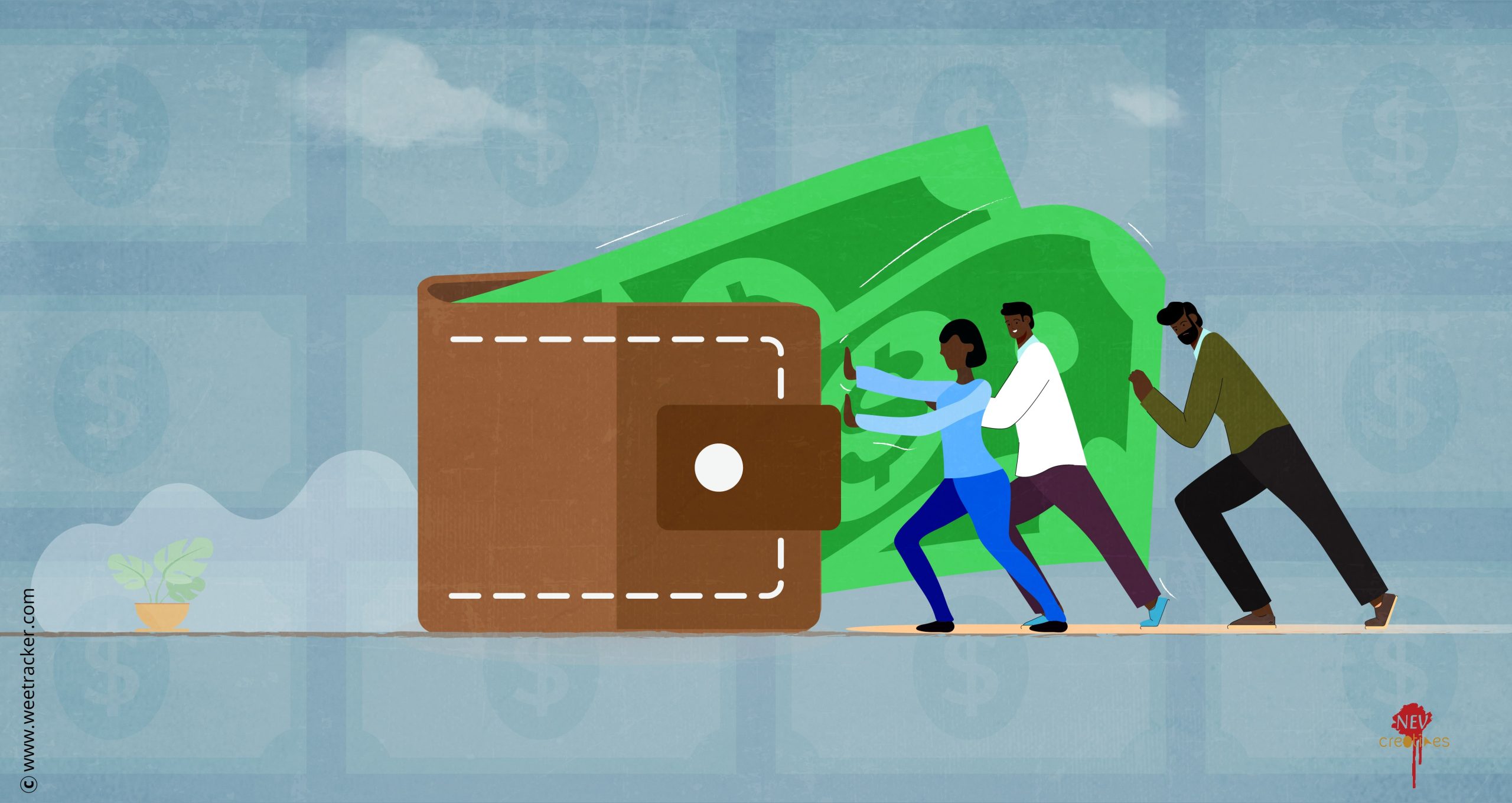The rather stern emergence of the unappeasable coronavirus pandemic necessitated the introduction and mainstream uptake of fresh themes in the world of tech, giving businesses an arguable once-in-a-lifetime opportunity to reimagine how best to survive in a consumer economy suddenly infected with COVID-19.
With holistic digitization as the watchword, considerations such as buy-now-pay-later (BNPL), open banking, crypto-friendliness, and even Web3—all of which were previously under long-term purviews—fast became the trends reshaping everyday commerce.
These endemic-induced trends are more pronounced in the fintech industry, where more businesses are now generastically embracing and inculcating additional financial systems into their operating models. Hence, embedded finance—a fast-growing industry with a market value projected to reach USD 138 B in 2026. In 2021, the sector was worth just USD 43 B, per a report by Juniper Research.
The five distinct layers of embedded finance, according to Juniper Research, are embedded payments, embedded lending, embedded investments, embedded insurance, and embedded banking.
Embedded lending, in particular, is the numero uno often in the guise of buy-now-pay-later. BNPL echoes success in the stories of Sweden’s Klarna, Australia’s Afterpay, and Affirm in the United States. Come 2026, revenues from BNPL will account for over 50 percent of embedded finance’s market value.
